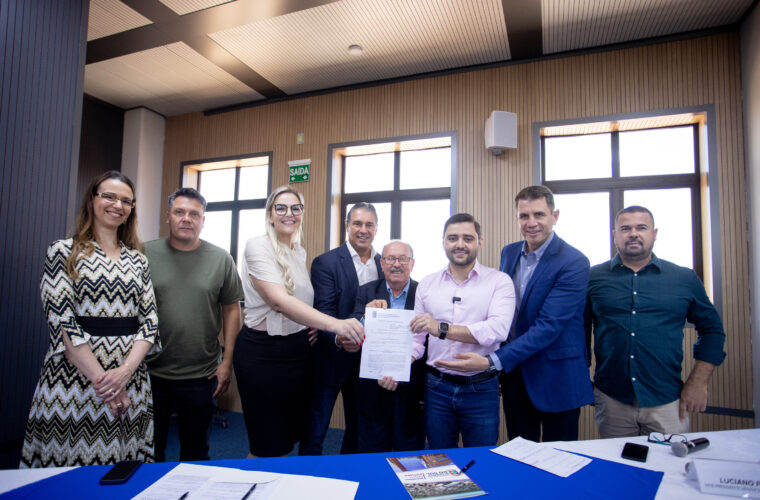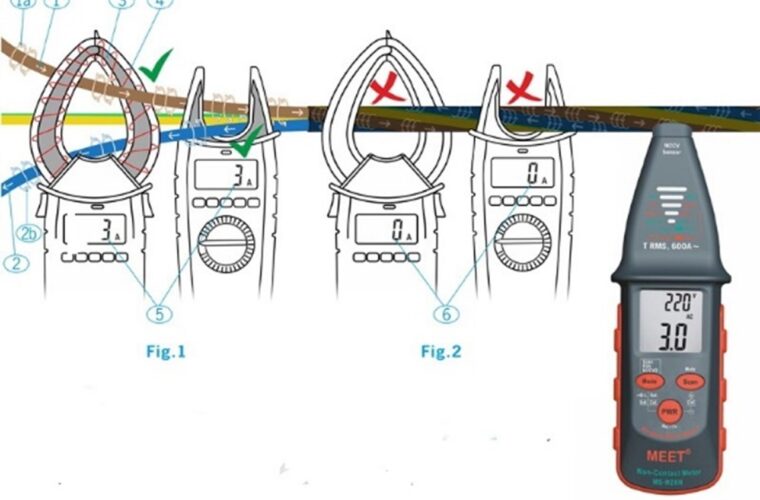Interview with Zoltán Illés, associate professor in the faculty of Environmental Sciences and Policy at Central European University
When 4i-mag.com asked me to cover the changes in academic life due to COVID 19 and interview a renowned professor, I was delighted to approach one of my favorite former professors at Central European University. I met Zoltán Illés during my MSc in Environmental Sciences and Policy. I was thrilled to talk to him again, albeit this time about the epidemic’s impact on academic life.
What would you identify as the three main changes in academic life brought about by COVID 19?
There are three major changes I would mention. What I could identify as related to academic life are teaching in person, meeting students in person, dealing with social issues, and socializing.
Previously we used to have field studies, professional excursions, and conferences in person, which is definitely not possible online. These are very important to the students, so it was definitely a challenge for us to overcome because you cannot help students gain hands-on experience related to different courses as well as different topics.
How has online and distance learning affected the quality of higher education, and what new methods do professors need to rely on to adapt to the new era of online education?
Based on my and other professors’ experience, I would say that generally and in most cases, the quality of higher education has decreased. In some cases, it may have even improved certain aspects of higher education.
Let me give you an example. I was very afraid of the idea of teaching online. I thought that it would be very, very difficult, but I was positively surprised that all my messages, the information, and the knowledge that I was ready to share with students – I believe – went through. It was maybe a little bit more challenging to engage with students at the very beginning.
If you are in front of the students in the classroom, it may be easier to make them join the discussion or have a nice, lovely exchange of views. It is easier because I can call them by their names, or I would point at or turn to this person and ask a question or be provocative. And then they are already answering, and they are a part of the discussion. But again, according to my experience before COVID 19, even in the classroom, maybe 6-8 individuals out of 20 were ready for such an exchange of views.
So I think that was contributing to the high quality of higher education. During online teaching, the biggest problem, which I believe is becoming more serious, is that some students come up with new methods to avoid presence or paying attention. They are turning off their camera, and they mute themself in the very beginning because the connection on MS Teams or Zoom is not stable. Most participants turn off the cameras, and you do not see anyone. This is true not only for students but also at conferences and workshops.

I also learned from some colleagues that at certain universities nowadays, it is obligatory to have cameras on. And then also, by calling out names, professors can manage discussions.
On the other hand, I mentioned that maybe, surprisingly, it is improving the quality of higher education.
We, professors, must adapt to these new circumstances. We need to use different methods, which we were not using until now. For example, we can show short videos or documentaries. We can work with models and simulations. We may also use games to keep students’ spirits high. So it is not only a PowerPoint presentation that supports our work. We can also do some online questionnaires that students could utilize for their studies later on. Finally, take-home exams do help students take their time to study the questions and immerse themselves in a topic more.
We are also trying to keep the balance between teaching and breaks to give students some rest.
How has student performance changed as a result of distance learning?
Especially at the beginning, students complained that social interactions were missing. They have difficulties focusing on their studies, even in class. It was difficult for them to sit in front of the computer and listen to the professors all day.
On the other hand, there were some advantages. Between different waves of COVID 19, when there were some reopenings, some students still decided to stay at home and rely on online meetings because they did not have to travel to campus.
Later, students adapted to the situation and started taking advantage of it, so I do not think there were significant changes in their performance. I am very much satisfied with their performance.
If you know, could you tell us how students experience and evaluate the current situation?
At Central European University, we have different questionnaires. Before grading students, they are obliged to fill out those questionnaires and give their opinion about their studies, the performance of professors, and the courses.
So we know that they are mainly unhappy with online teaching. They simply miss social interactions. They are also speaking more about anxiety. They are tired of always being in front of the computer and trying to learn online. They struggle with some emotional and psychological problems.
They mention these sorts of problems a lot. So I think we can say this is a general tendency related to the current situation.

Do you think this is a so-called paradigm shift, or will we return to the previous system?
I do not think that we are going to return to the previous system. Maybe there will be some type of hybrid system. I believe that we are facing a so-called paradigm shift, and new methods are needed. Some of these are already in place, and some will be developed later. The question is really intriguing: what will be the future of tertiary education?
Do we, for example, need campuses, universities, and physical places to maintain tertiary education? Before COVID 19, students lived in the city where their universities were located, participated in the classes at the campus, spent breaks, had lunch, and did sports activities with their peers.
In the future, students might keep organizing their own lives wherever they are in the world, selecting courses from different universities simultaneously. They might have a portfolio of credits from different universities. Who knows what the future brings.
There are tremendous opportunities and new ways of teaching at universities. On the other hand, several questions have not been elaborated yet. All in all, I think those questions are the decisive forces of the so-called paradigm shift, which is taking place right now.
How has research changed, and has it been negatively affected by the pandemic?
Similar to my experiences related to teaching, I think the effects of the pandemic on research are twofold. On the one hand, we could say that it negatively affected research. For example, there were no personal connections, no direct exchange of views, no actual attendance at conferences, and no field work, which totally disrupted the field research.
On the other hand, just the opposite: it gives more opportunities to meet different people online with whom you did not interact previously. This provides a variety of new solutions and perspectives.
Finally, a question related to your field. What are the positive and negative environmental impacts of distance learning?
Online education decreases the carbon footprint of individuals because they do not have to travel to campus or the classroom.
On the other hand, there are also adverse effects due to the energy demand of computers since hardware requires lots of electricity. I have just recently learned that globally speaking information technologies are contributing to global climate change more than, for example, airplane companies all around the world.
It is hard to estimate the impact of distance learning precisely. Students are gaining time and can manage more things to do within that time frame. How they use that time and how they behave as a result significantly influence whether they have a positive or negative environmental impact.
Students might order food or other items, and that is a significant negative effect on the environment. Ordering items results in extra transportation and lots of plastic or other types of packaging. If what you ordered is faulty, it might end up being destroyed, meaning that all the natural resources and energy that were used for its production are lost. But it largely depends on the individual because they might have a strong environmental consciousness and avoid unnecessary orders. Because they, just like everyone around the world, are adapting to the new “online world.”



